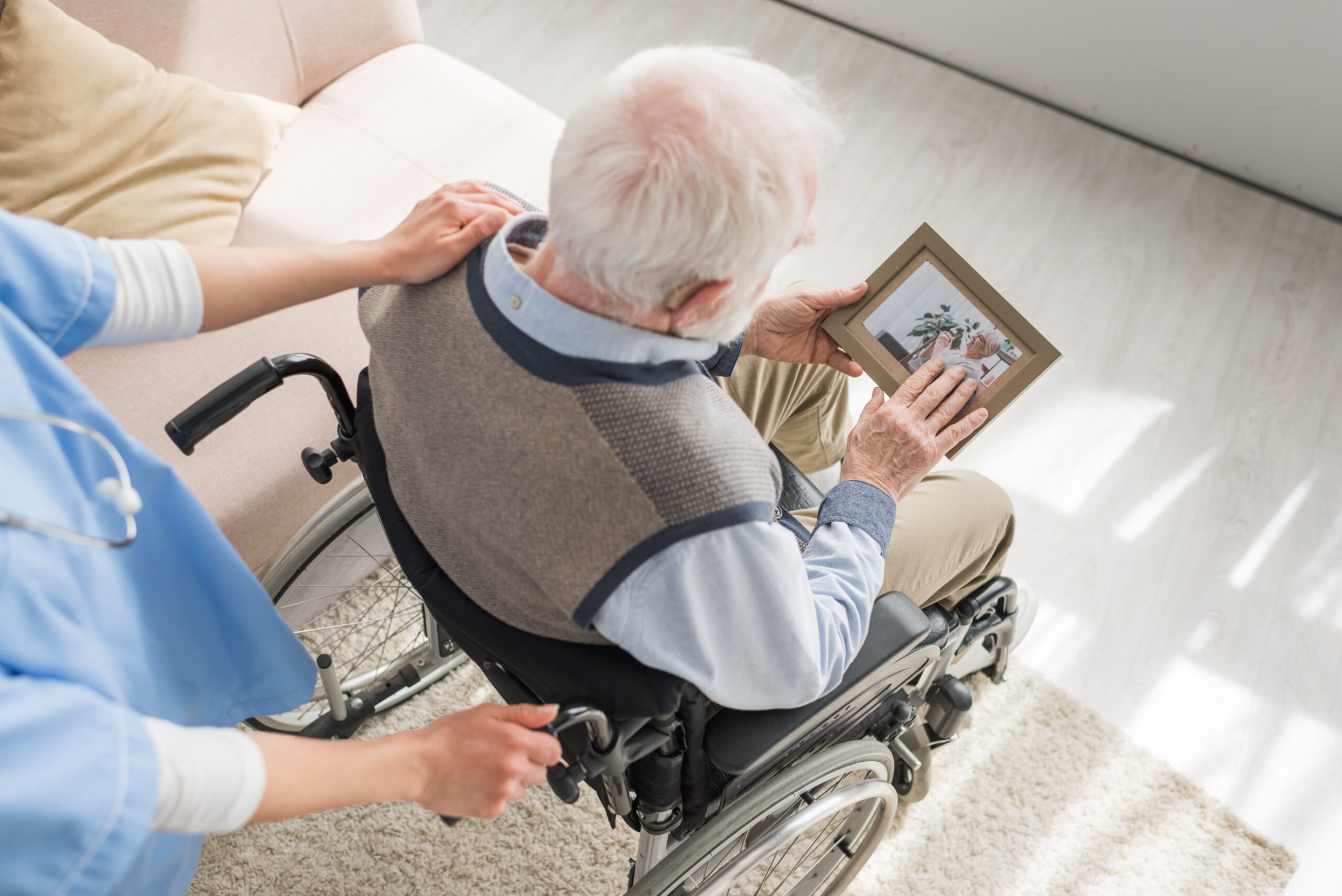The Real Reason You’re Losing Height as You Get Older
As we age, many of us notice that we seem to be getting shorter. This isn’t just a feeling; it’s a real phenomenon that affects most people as they grow older. But what’s behind this loss of height? Let’s explore the reasons why this happens and what you can do about it.
Firstly, one major factor is **osteoporosis**. This condition causes bones to lose density, making them more prone to fractures. In the spine, these fractures can lead to a compression of the vertebrae, which effectively shortens the spine and reduces overall height[1][2]. Osteoporosis is particularly common in older adults, especially women after menopause, due to hormonal changes that affect bone health.
Another reason for height loss is the **dehydration of spinal discs**. These discs act as cushions between the vertebrae in the spine. As we age, they can lose moisture and shrink, which compresses the spine and reduces our height[1]. This process is a natural part of aging but can be exacerbated by factors like poor posture or lack of exercise.
**Flattening of the feet** is another contributor. As we age, the arches in our feet tend to flatten out, which can also take inches off our height[1]. This is because the arches provide a bit of lift, and when they flatten, we stand slightly shorter.
**Muscle loss**, or **sarcopenia**, also plays a role. While some muscle loss is normal with aging, excessive loss can lead to a stooped posture, which makes us appear shorter[3][4]. Sarcopenia is not just a natural part of aging; it’s a condition that can be managed with exercise and proper nutrition.
Lastly, **posture** is a significant factor. As we lose muscle mass and bone density, our posture can become more stooped, making us appear shorter than we actually are[5]. This is often due to weakened core muscles that struggle to support our spine properly.
So, what can you do to slow down this process? Engaging in regular exercise, especially weight-bearing activities like walking or light weightlifting, can help maintain bone density and muscle mass. Maintaining good posture through exercises that strengthen your core can also help prevent a stooped posture. Additionally, ensuring you get enough calcium and vitamin D in your diet is crucial for bone health.
In summary, losing height as we age is a common phenomenon influenced by several factors, including osteoporosis, spinal disc dehydration, foot arch flattening, muscle loss, and posture changes. While some height loss is inevitable, taking proactive steps to maintain bone and muscle health can help minimize this effect.





